Omega NC900HDC Cold Press Juicer Machine, Vegetable and Fruit Juice Extractor and Nutrition System, Dual-Stage Slow Masticating Juicer, 150 W, Metallic
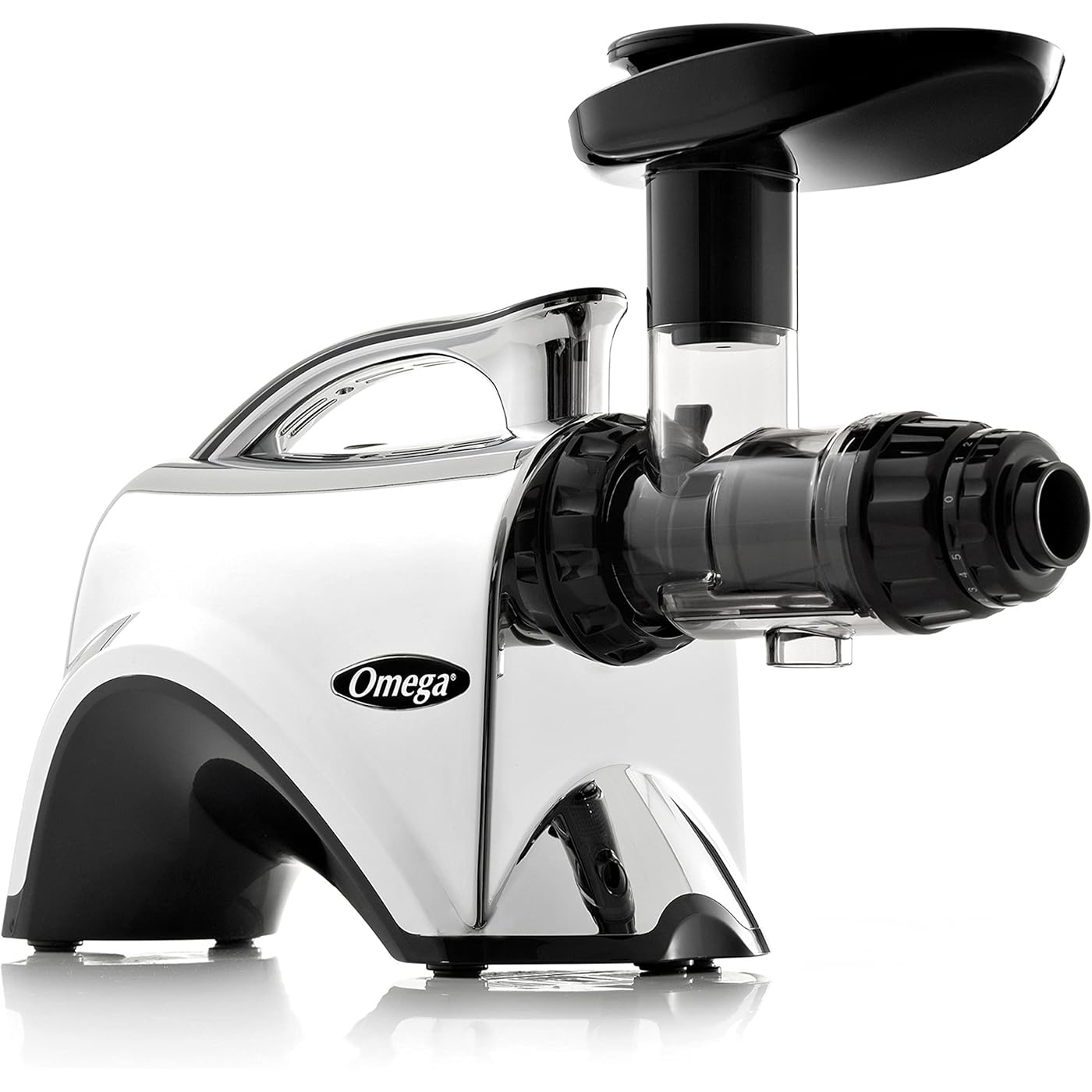
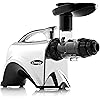
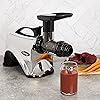
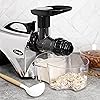



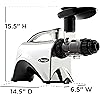
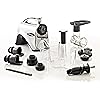

Buy Now, Pay Later
- – Up to 36-month term if approved
- – No impact on credit
- – Instant approval decision
- – Secure and straightforward checkout
Ready to go? Add this product to your cart and select a plan during checkout.
Payment plans are offered through our trusted finance partners Klarna, PayTomorrow, Affirm, Afterpay, Apple Pay, and PayPal. No-credit-needed leasing options through Acima may also be available at checkout.
Learn more about financing & leasing here.
This item is eligible for return within 30 days of receipt
To qualify for a full refund, items must be returned in their original, unused condition. If an item is returned in a used, damaged, or materially different state, you may be granted a partial refund.
To initiate a return, please visit our Returns Center.
View our full returns policy here.
Recently Viewed
Features
- Cold Press Slow Juicer: This juice maker machine operates at a slow 80 RPM to minimize heat buildup and oxidation, promoting maximum nutrient extraction and healthy enzymes
- Versatile Kitchen Tool: Turn nuts into nut butter, extrude pasta, grind coffee and spices, mince herbs and garlic, make baby food and frozen desserts, and quickly whip up soy milk with the help of this versatile electric juicer and nutrition system
- Max Flavor and Nutrients: This fruit juicer machine uses dual-stage masticating technology to extract the maximum amount of nutrients, vitamins, flavor and juice from minimal amounts of fruits, vegetables, leafy greens, and wheatgrass
- Adjustable End Cap: Features 5 pressure settings designed to ensure maximum juice output and extraction; An automatic pulp ejection system allows you to enjoy continuous juicing
- Easy To Use: Equipped with a powerful but quiet gear reduction equivalent to a 2HP motor, this juice maker generates enough torque to process tough ingredients; Juice press also features an extra-large feed tray and convenient built-in handle
Brand: Omega
Color: Metallic
Special Feature: Manual
Product Dimensions: 6.5"D x 14.5"W x 15.5"H
Material: Plastic
Brand: Omega
Color: Metallic
Special Feature: Manual
Product Dimensions: 6.5"D x 14.5"W x 15.5"H
Material: Plastic
Finish Type: Metallic
Product Care Instructions: Hand Wash Only
Wattage: 150 watts
Item Weight: 13 Pounds
Blade Material: Stainless Steel
Voltage: 120 Volts
Is Dishwasher Safe: No
Product Dimensions: 6.5 x 14.5 x 15.5 inches
Item Weight: 13 pounds
Manufacturer: Omega
Country of Origin: USA
Item model number: NC900HDC
Is Discontinued By Manufacturer: No
Date First Available: April 30, 2013
Frequently asked questions
To initiate a return, please visit our Returns Center.
View our full returns policy here.
- Klarna Financing
- Affirm Pay in 4
- Affirm Financing
- Afterpay Financing
- PayTomorrow Financing
- Financing through Apple Pay
Learn more about financing & leasing here.

























